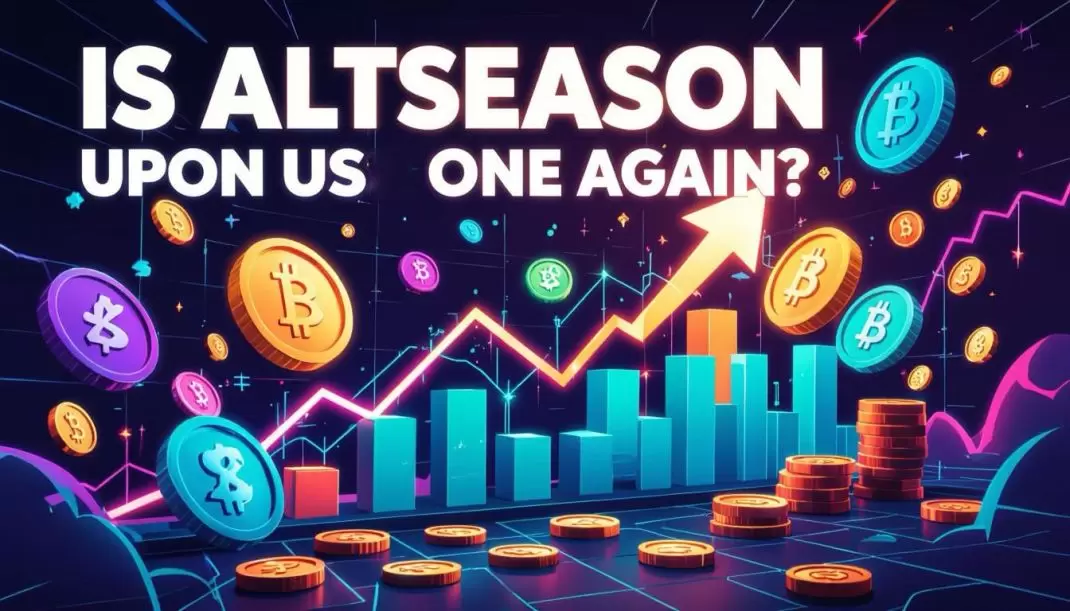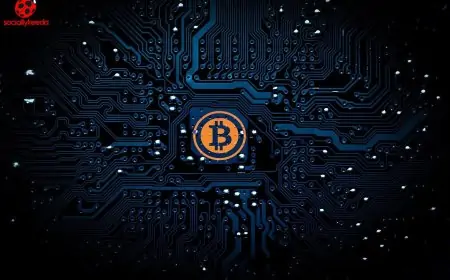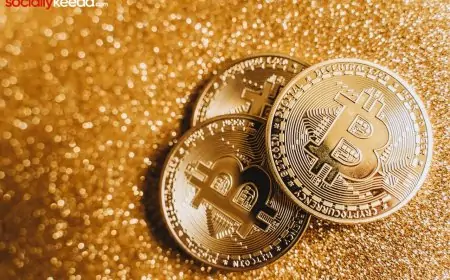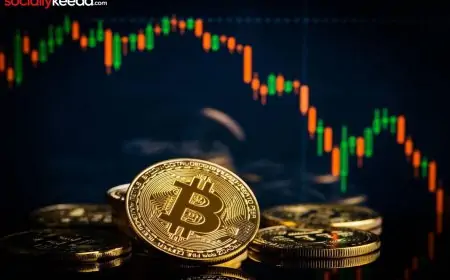If you are big on crypto spaces on Reddit, X (Twitter), or Discord, you’ve probably seen the hype around “Altseason is here”. So far, the signs are there. Bitcoin is hitting the charts, retaining a value of over $100k, and Ethereum, the father of altcoins, is crushing it, almost reaching a new all-time high.
However, the biggest indicator seems to be Bitcoin’s dominance drop to 60.4%, historically indicating an altcoin cycle is on the horizon. Also, Google Analytics shows a global interest in altcoins, seeing that the word has been at its highest search level since last year. In the US, the word has been at its highest in about seven years.
But even if all lights appear green to many crypto enthusiasts who believe an altseason is making a comeback, some experts are saying perhaps it’s yellow, while others comment that it’s a clear red.
Not All Altcoins Will Have A Happy Ending
Skeptics are pointing out that this altseason won’t be like the previous one, where a rising tide carries all ships to shore. Instead, this altcoin cycle will finally separate the wheat from the chaff, and only grounded tokens will survive.
Jag Kooner, head of derivatives at Bitfinex, notes that the cycle will be selective and only narrative-driven tokens, like those based on AI or Real World Assets (RWAs), will enjoy the wave.
He adds that the reason for this is the oversupply of tokens, which has diluted market gains significantly. At one point, about 50,000 tokens were launched daily, which is insane.
Craig Cobb, a popular crypto trader, agrees with the idea and points to Pump.Fun as the source of the problem. Pump.Fun launched in 2024 and has added 12 million tokens to the crypto ecosystem. That’s almost 5,000 new tokens per day, and most are just get-rich-quick schemes.
Institutional Adoption Is The Determiner In This Year’s Altseason
Altcoins managed to carve a niche for themselves, branding their tokens as the best alternative to Bitcoin, starting with Ethereum. The ripple effect was that new crypto tokens emerged that tried to fill a gap in the market, whether it's speed, privacy, stability, or transaction costs.
Tokens like Ripple (XRP), Stellar (XLM), and Litecoin (LTC) became widely used for cross-border payments because they were fast and had low fees. Aave and Uniswap focused on decentralized finance, while other tokens became in-game currencies.
Players can use these tokens to buy game assets, purchase NFTs, claim rewards, and even make money through play-to-earn games. Sectors, like casino gaming, adapted crypto payments for higher limits and convenience, pushing the concept to sweepstakes apps where you can play games with similar virtual coins for free.
But, even with this progress and in various industries, the 2025 altseason is said to be decided by reputable institutions. Spot Bitcoin and Ethereum exchange-traded funds (ETFs) were game-changers, bringing Wall Street money to crypto.
Since they were introduced, big banks and hedge funds have started investing in the ETFs, putting in over $62 billion. Unlike individual crypto investors, institutions consider aspects such as compliance and liquidity, not just speculation. That’s why the millions of altcoins that don’t have any serious narrative won’t tap into institutional investments, and likely miss out on the altseason.
Also read: Pi Coins in Crypto Summit By Donald Trump: What You Need to Know
The Altseason Could Be Shorter or Non-Existent
For the experts, who see a yellow light instead of green, their advice is to proceed with caution. They predict that the 2025 altseason will be unpredictable, especially its peak. Knowing when to pull out your money will be the deciding factor as to whether you make money or count your losses.
The altcoin cycle will also be shorter, about two to three months, compared to the previous season. The strong gains from Bitcoin will push investors' appetite for risk to altcoins, which is when the altseason will begin.
On the flip side, crypto research analysts Nicolai Søndergaard and Markus Thielen say that red is the only color they see and that there will be no altseason. Søndergaard cites two main reasons for his speculation. He mentions that many people have experienced the negative volatility of the crypto markets and are thus in the belief stage, where they are hyping for an altseason to recoup some of their money.
The other reason he mentions links back to institutional adoption, saying that he doesn’t think institutions will invest in altcoins with a market cap of less than a million.
Thielen points to the lack of a strong narrative as why he believes there won’t be an altseason. In the past, various altcoin cycles have been defined by narratives such as the DeFi narrative or NFT narrative, and there’s no such compelling narrative right now.
He also notes that the altcoin market has seen token unlocks of about $59 billion this year, which isn’t a good sign, and investor focus will be on AI, not crypto.
If geopolitical tensions are reduced, a positive monetary environment is created, and people aren’t stressed out financially, the altseason hype might just come true.










